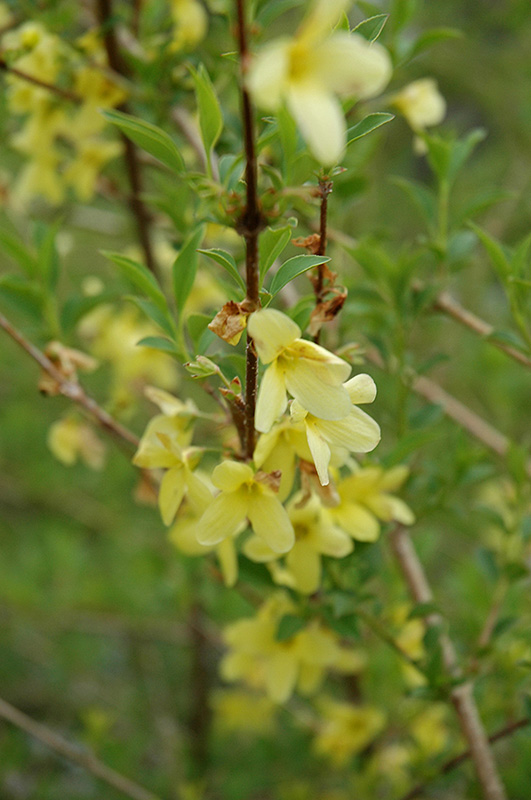|
|
|
| home | about us | loyalty program | products | directions | warranty | garden splendor ® | plant collector | landscaping | |
| Plant Finder | |
|
Height: 10 feet Spread: 10 feet
Sunlight:
Hardiness Zone: 4b Other Names: Goldenbells Description: This variety produces abundant yellow flowers, smothering the weeping branches in early spring ahead of the leaves, fades to the background the rest of the year; mounded, with weeping branches that can be trained on an arbor, like a vine Ornamental Features Weeping Forsythia is bathed in stunning yellow bell-shaped flowers along the branches in early spring before the leaves. The flowers are excellent for cutting. It has dark green deciduous foliage. The pointy leaves do not develop any appreciable fall color. Landscape Attributes Weeping Forsythia is a multi-stemmed deciduous shrub with a rounded form and gracefully weeping branches. Its average texture blends into the landscape, but can be balanced by one or two finer or coarser trees or shrubs for an effective composition. This is a relatively low maintenance shrub, and should only be pruned after flowering to avoid removing any of the current season's flowers. Deer don't particularly care for this plant and will usually leave it alone in favor of tastier treats. It has no significant negative characteristics. Weeping Forsythia is recommended for the following landscape applications;
Planting & Growing Weeping Forsythia will grow to be about 10 feet tall at maturity, with a spread of 10 feet. It has a low canopy with a typical clearance of 1 foot from the ground, and is suitable for planting under power lines. It grows at a fast rate, and under ideal conditions can be expected to live for 40 years or more. This shrub should only be grown in full sunlight. It is very adaptable to both dry and moist locations, and should do just fine under average home landscape conditions. It is not particular as to soil type or pH, and is able to handle environmental salt. It is highly tolerant of urban pollution and will even thrive in inner city environments. This species is not originally from North America. Characteristics
Applications
Features & Attributes
|
|
